Related Research Articles
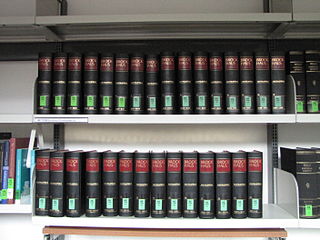
A reference work is a non-fiction work, such as a paper, book or periodical, to which one can refer for information. The information is intended to be found quickly when needed. Such works are usually referred to for particular pieces of information, rather than read beginning to end. The writing style used in these works is informative; the authors avoid use of the first person, and emphasize facts.

Emil Hans Willi Hennig was a German biologist and zoologist who is considered the founder of phylogenetic systematics, otherwise known as cladistics. In 1945 as a prisoner of war, Hennig began work on his theory of cladistics, which he published in German in 1950, with a substantially revised English translation published in 1966. With his works on evolution and systematics he revolutionised the view of the natural order of beings. As a taxonomist, he specialised in dipterans.

The Field Museum of Natural History (FMNH), also known as The Field Museum, is a natural history museum in Chicago, Illinois, and is one of the largest such museums in the world. The museum is popular for the size and quality of its educational and scientific programs, and its extensive scientific specimen and artifact collections. The permanent exhibitions, which attract up to 2 million visitors annually, include fossils, current cultures from around the world, and interactive programming demonstrating today's urgent conservation needs. The museum is named in honor of its first major benefactor, Marshall Field, the department-store magnate. The museum and its collections originated from the 1893 World's Columbian Exposition and the artifacts displayed at the fair.
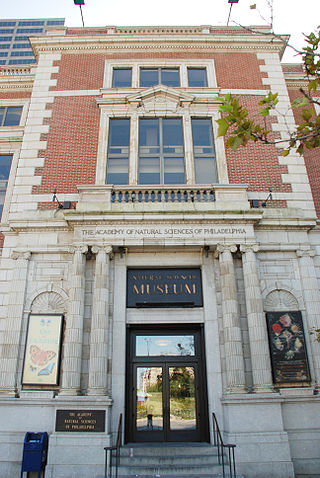
The Academy of Natural Sciences of Drexel University, formerly the Academy of Natural Sciences of Philadelphia, is the oldest natural science research institution and museum in the Americas. It was founded in 1812, by many of the leading naturalists of the young American republic with an expressed mission of "the encouragement and cultivation of the sciences". It has sponsored expeditions, conducted original environmental and systematics research, and amassed natural history collections containing more than 17 million specimens. The Academy also organizes public exhibits and educational programs for both schools and the general public.
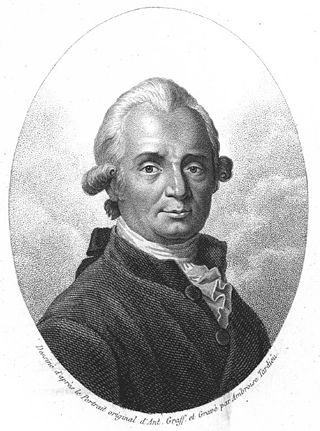
Marcus Elieser Bloch (1723–1799) was a German physician and naturalist who is best known for his contribution to ichthyology through his multi-volume catalog of plates illustrating the fishes of the world. Brought up in a Hebrew-speaking Jewish family, he learned German and Latin and studied anatomy before settling in Berlin as a physician. He amassed a large natural history collection, particularly of fish specimens. He is generally considered one of the most important ichthyologists of the 18th century, and wrote many papers on natural history, comparative anatomy, and physiology.

Tom Iredale was an English-born ornithologist and malacologist who had a long association with Australia, where he lived for most of his life. He was an autodidact who never went to university and lacked formal training. This was reflected in his later work; he never revised his manuscripts and never used a typewriter.
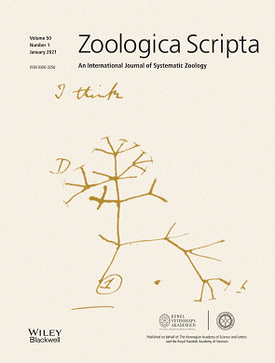
Zoologica Scripta is a bimonthly peer-reviewed scientific journal on systematic zoology, published by Wiley-Blackwell on behalf of the Norwegian Academy of Science and Letters and the Royal Swedish Academy of Sciences. It was established in 1972. The editor-in-chief since 2023 is Lutz Bachmann. According to the Journal Citation Reports, the journal has a 2020 impact factor of 3.140, ranking it 12th out of 174 journals in the category "Zoology".

Leopold Joseph Franz Johann Fitzinger was an Austrian zoologist.
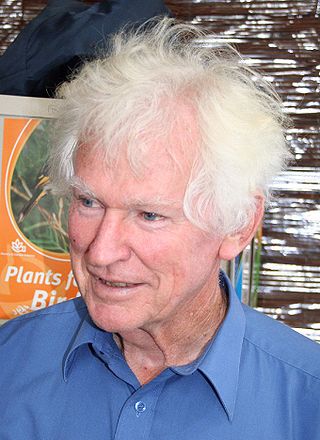
Alexander Segger George is an Australian botanist. He is the authority on the plant genera Banksia and Dryandra. The "bizarre" Restionaceae genus Alexgeorgea was named in his honour in 1976.
Amphibian Species of the World 6.1: An Online Reference (ASW) is a herpetology database. It lists the names of frogs, salamanders and other amphibians, which scientists first described each species and what year, and the animal's known range.

Charles Duncan Michener was an American entomologist born in Pasadena, California. He was a leading expert on bees, his magnum opus being The Bees of the World published in 2000.

Palaeontology is one of the two scientific journals of the Palaeontological Association. It was established in 1957 and is published on behalf of the Association by Wiley-Blackwell. The editor-in-chief is Dr Paul Taylor. Palaeontology publishes articles on a range of palaeontological topics, including taphonomy, functional morphology, systematics, palaeo-environmental reconstruction and biostratigraphy. According to the Journal Citation Reports, the journal has a 2021 impact factor of 3.547, ranking it 3rd out of 54 journals in the category "Paleontology".
South African National Railway And Steam Museum (SANRASM) was meant to be the national railway museum authority of South Africa, by the original initiative of the RailRoad Association of South Africa (RRA) and then transport authority South African Railways and Harbours. SANRASM has three sites around the Krugersdorp and Randfontein area.

Lepidopterology is a branch of entomology concerning the scientific study of moths and the three superfamilies of butterflies. Someone who studies in this field is a lepidopterist or, archaically, an aurelian.
Granoturris is a genus of sea snails, marine gastropod mollusks in the family Mangeliidae.

Rosette Mercedes Saraiva Batarda was a Portuguese botanist and taxonomist who was married to Abílio Fernandes (1906–1994), another Portuguese botanist and taxonomist.
Pamela Soltis is an American botanist. She is a distinguished professor at the University of Florida, curator at the Florida Museum of Natural History, principal investigator of the Laboratory of Molecular Systematics and Evolutionary Genetics at the Florida Museum of Natural History, and founding director of the University of Florida Biodiversity Institute.

Gregory Donald Edgecombe is a merit researcher in the department of Earth Sciences at the Natural History Museum, London. He is a leading figure in understanding the evolution of arthropods, their position in animal evolution and the integration of fossil data into analyses of animal phylogeny. As a palaeontologist, he is also an authority on the systematics of centipedes – and a morphologist whose work contributes to the growth and methods of analysis of molecular datasets for inferring evolutionary relationships.
Bulletin of the Natural History Museum, formerly known as Bulletin of the British Museum is a series of scientific journals published by the British Museum, and later by the Natural History Museum of London. Titles in the series included
The Revue suisse de Zoologie is a biannual peer-reviewed scientific journal for zoological systematics. It is published by the Natural History Museum of Geneva (Switzerland). It is financed by the Swiss Academy of Natural Sciences (SCNAT) and the City of Geneva, and mainly publishes the research results of Swiss researchers or work based on the collections of Swiss institutions.
References
- ↑ . , SIA RU007459, Association of Systematics Collections, Records, circa 1972-1988